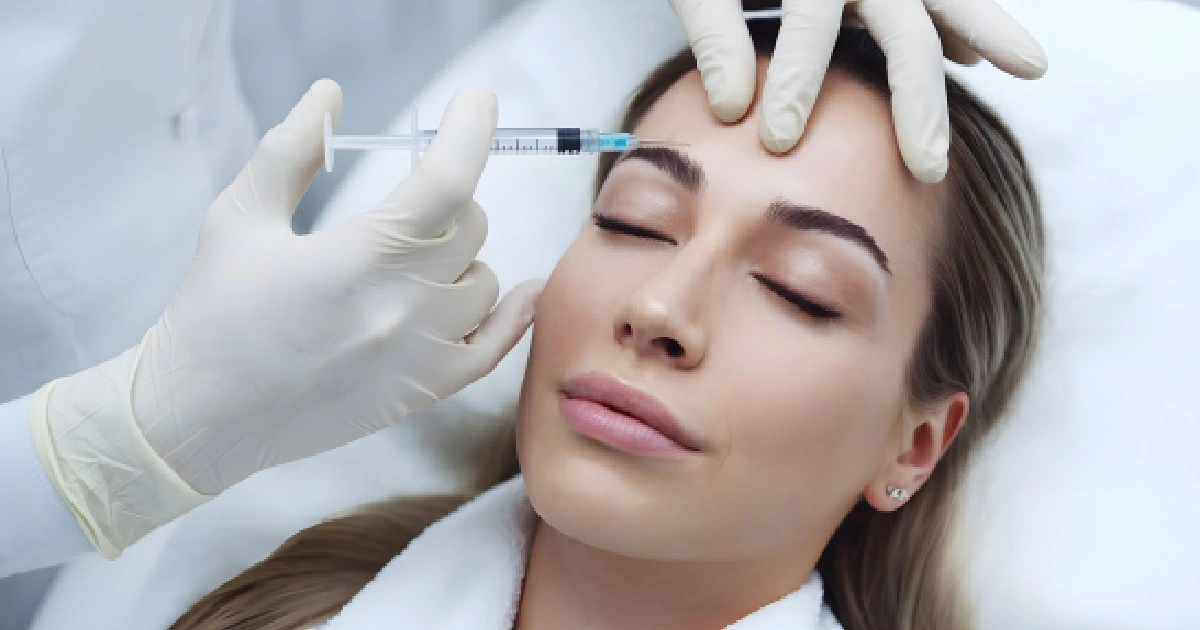

Moles and skin tags are common skin growths many people encounter. While usually harmless, these growths can sometimes be a source of discomfort or cosmetic concern. In this comprehensive guide, we’ll explore the nature of moles and skin tags, discuss their causes, and delve into various treatment options, including the specialized services offered by dermatologists like Dr. Felix Urman at The Park MedSpa.
Moles, also known as nevi, are clusters of pigmented cells that appear as small, dark spots on the skin. They can vary in size, shape, and color, ranging from light brown to black. Most moles are harmless and develop during childhood or adolescence, but new moles can also appear later in life.
Skin tags, medically known as acrochordons, are small, soft, flesh-colored growths that typically appear in areas where skin rubs against skin or clothing. They’re usually painless and benign, hanging from the skin by a thin stalk.
Common locations for skin tags include:
Moles:
Skin Tags:
While most moles and skin tags are harmless, monitoring them for any changes is essential. The ABCDE rule can help identify potentially problematic moles:
If you notice any of these characteristics in a mole or if a skin tag becomes painful, bleeds, or changes in appearance, you must consult a dermatologist for a professional evaluation.
While many people leave moles and skin tags alone, others opt for removal due to cosmetic concerns or discomfort. Here are some common treatment options:
At The Park MedSpa, Dr. Felix Urman specializes in skin tag and mole removal using cauterization. This procedure uses heat from an electrical current to burn off the skin tag or mole. Here’s what you can expect during the process:
Excision may be recommended for larger moles or those that need to be biopsied. This involves cutting out the mole and a small amount of surrounding skin, then closing the wound with stitches.
This method uses liquid nitrogen to freeze off the skin tag or mole. It’s often used for smaller growths and may require multiple treatments.
Laser treatments can be effective for certain types of moles, especially flat ones. The laser breaks down the pigment in the mole, causing it to fade over time.
While over-the-counter products are available for mole and skin tag removal, it’s generally safer and more effective to have these procedures done by a qualified dermatologist like Dr. Urman. Professional removal offers several advantages:
As part of their September 2024 promotions, The Park MedSpa is offering special rates on mole and skin tag removal:
These procedures are performed by Dr. Felix Urman, an experienced dermatologist specializing in skin tag and mole removal. The clinic uses state-of-the-art cauterization techniques to ensure effective removal with minimal scarring.
If you’re considering mole or skin tag removal at The Park MedSpa, here are some steps to prepare:
You’ll receive specific aftercare instructions after your mole or skin tag removal procedure at The Park MedSpa. Generally, these may include:
Most patients experience minimal downtime and can return to normal activities shortly after the procedure. The treated area typically heals within a week or two, depending on the size and location of the removed growth.
While you can’t prevent all moles and skin tags from forming, there are steps you can take to maintain overall skin health:
Moles and skin tags are common skin conditions that, while usually harmless, can be a source of concern for many individuals. Thanks to advanced dermatological techniques like those offered by Dr. Felix Urman at The Park MedSpa, safe and effective removal options are readily available.
If you’re considering mole or skin tag removal, take advantage of The Park MedSpa’s September 2024 promotions for these services. Remember, professional evaluation and treatment ensure the best cosmetic results and provide peace of mind through proper assessment of any potential skin health issues.
Always consult a qualified dermatologist like Dr. Urman before deciding on any skin growth removal procedure. With the right care and attention, you can maintain healthy, clear skin and feel confident in your appearance.
Our boutique Spa will offer you a free consultation, a relaxed and unique atmosphere with a fair price structure and the opportunity to benefit from special programs and promotions throughout the year.
We would love to hear from you!
Please fill out this form and we will get in touch with you shortly.